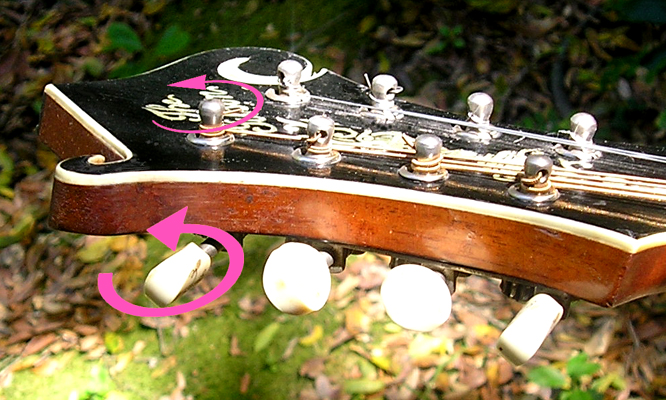Folks,
I have a varnish finish mando that looks, well 50 - 60 yrs old as others have described. It plays so nicely and sounds great.
...the problem.
The "white" / perl tuner buttons.
What suggestions do you have for me to make them well, look a bit more blended to the instrument.
Thanks-A-Mill
~x






 Reply With Quote
Reply With Quote







Bookmarks